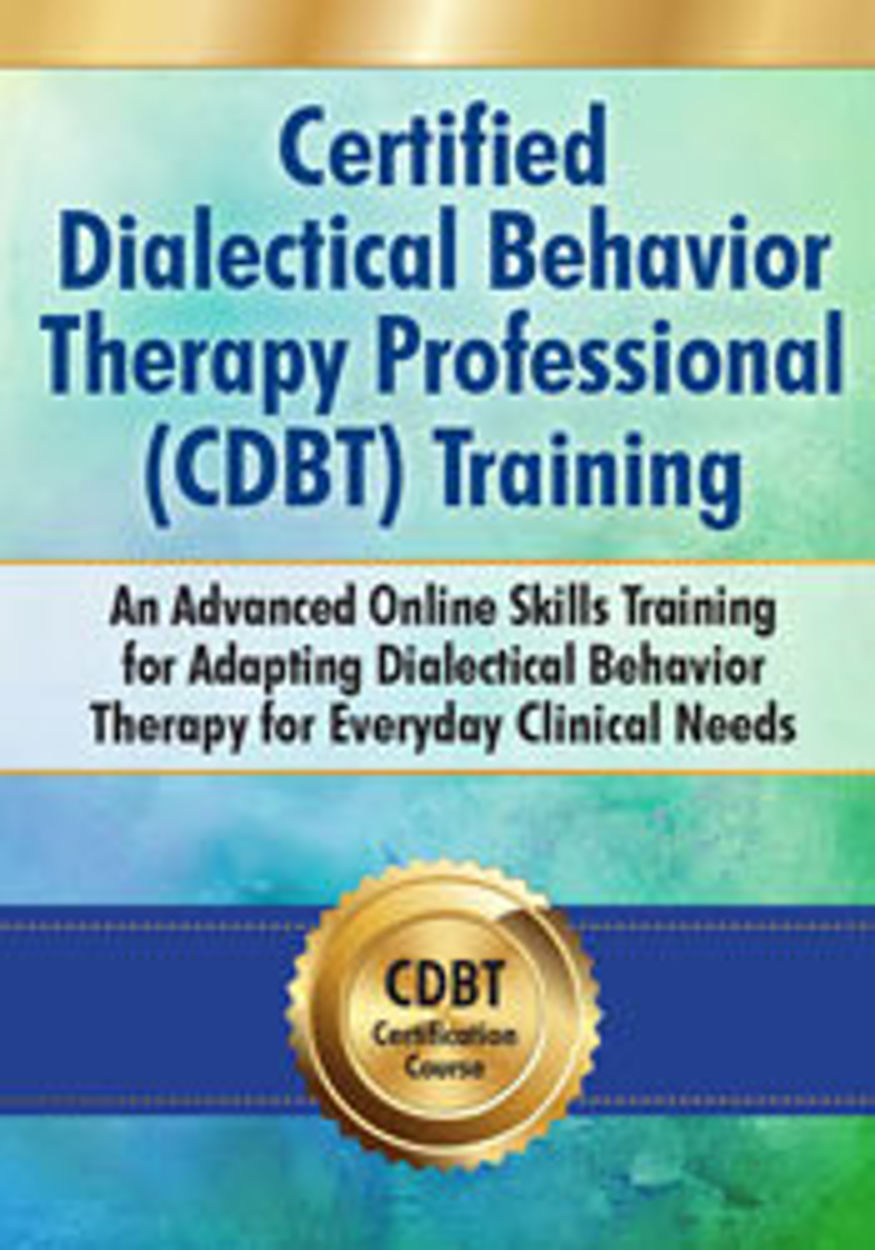Get your clients UNSTUCK

Opposite to Emotion, often referred to in DBT by O2E (oh-2-ee), recognizes that emotions pull us into “mood congruent” behaviors that get us stuck. Mood congruent behavior occurs when, without awareness, we fall into behavior patterns that keep certain emotions around. As examples, depression leads to isolation and inactivity, anxiety leads to avoidance, and anger leads to hostility.
When mood congruent behaviors strike, O2E is the heavy-hitting answer clients go to…in my years doing DBT it has been a favorite skill because it works so well.
Using Opposite to Emotion means approaching our fears one step at a time and learning to tolerate the distress that comes with it. To do this effectively, we use mindfulness to desensitize ourselves and distress tolerance when we feel too overwhelmed. The more we approach rather than avoid, the more our nervous system learns to be “bored” and the less anxious we feel. This approach takes the power out of the thoughts.
Whether or not your emotion or the intensity of it is justified depends on the situation, the facts, and other potential factors. Opposite to Emotion is not meant to invalidate the real emotions we experience. Instead, Opposite to Emotion is intended to get us unstuck from prolonged and overly intense emotional states by recognizing behaviors that do not work and instead choosing those opposite behaviors that are more effective. In other words: Do less of what does not work and more of what does in order to change your emotions. Use the following Opposite to Emotions worksheet with your clients to help them regulate their emotions.
Use the following Opposite to Emotion Worksheet with your clients.
When mood congruent behaviors strike, O2E is the heavy-hitting answer clients go to…in my years doing DBT it has been a favorite skill because it works so well.
Using Opposite to Emotion means approaching our fears one step at a time and learning to tolerate the distress that comes with it. To do this effectively, we use mindfulness to desensitize ourselves and distress tolerance when we feel too overwhelmed. The more we approach rather than avoid, the more our nervous system learns to be “bored” and the less anxious we feel. This approach takes the power out of the thoughts.
Whether or not your emotion or the intensity of it is justified depends on the situation, the facts, and other potential factors. Opposite to Emotion is not meant to invalidate the real emotions we experience. Instead, Opposite to Emotion is intended to get us unstuck from prolonged and overly intense emotional states by recognizing behaviors that do not work and instead choosing those opposite behaviors that are more effective. In other words: Do less of what does not work and more of what does in order to change your emotions. Use the following Opposite to Emotions worksheet with your clients to help them regulate their emotions.
Use the following Opposite to Emotion Worksheet with your clients.
Do you want to revolutionize your practice?

Imagine your toughest clients...the clients that other therapists have given up on...
YOU can be the therapist finally able to help them break through severe and chronic problems including personality disorders, self-destructive behaviors and more!
By completing Dr. Pederson's Certified Dialectical Behavior Therapy Professional (CDBT) Training available in a convenient online format, designed to fit seamlessly into your busy schedule.
When you complete this intensive training, you'll be prepared to effectively apply proven DBT techniques and tools in your practice in a flexible way, specific to your client population, to improve treatment outcomes and your practice.
Plus, you can end this course and become a Certified Dialectical Behavior Therapy Professional (CDBT) at no additional cost to you!
YOU can be the therapist finally able to help them break through severe and chronic problems including personality disorders, self-destructive behaviors and more!
By completing Dr. Pederson's Certified Dialectical Behavior Therapy Professional (CDBT) Training available in a convenient online format, designed to fit seamlessly into your busy schedule.
When you complete this intensive training, you'll be prepared to effectively apply proven DBT techniques and tools in your practice in a flexible way, specific to your client population, to improve treatment outcomes and your practice.
Plus, you can end this course and become a Certified Dialectical Behavior Therapy Professional (CDBT) at no additional cost to you!






